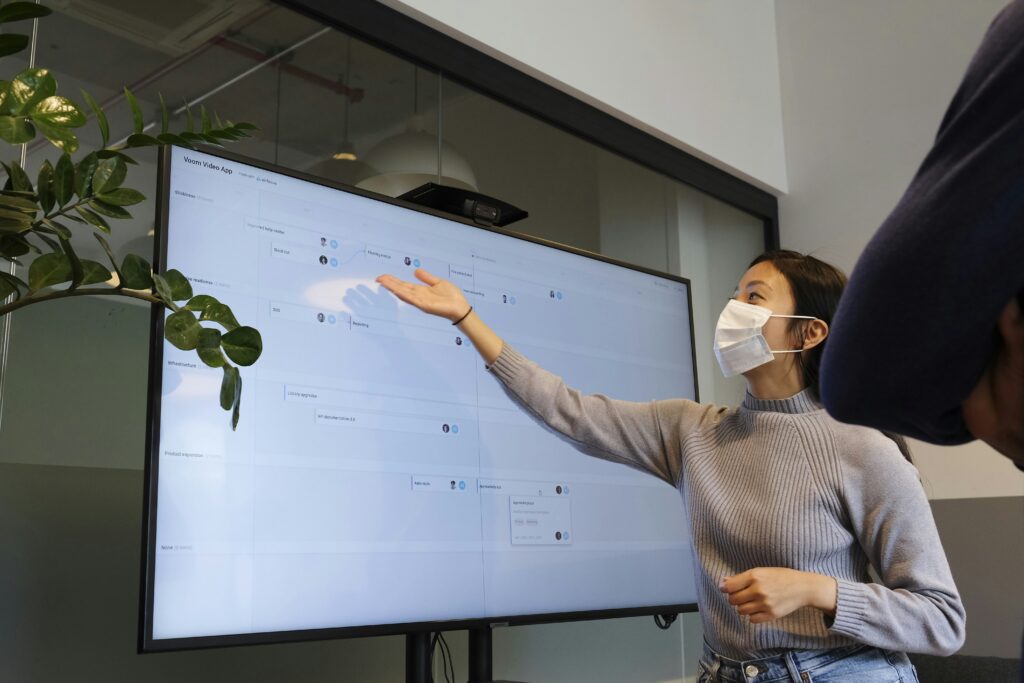
Medical presentations are like wedding dresses. You bust your butt to make it work, just so you can use it one time. But what if we told you that your PowerPoint presentation could be repurposed into other valuable content?
But why? The simple answer is effective and efficient communication. Not everyone will be present for your PowerPoint presentation, but there will be others who will need to know the gist of the information.
Medical professionals constantly interact with vast amounts of data, which must be shared across different platforms and devices. One way to streamline this process is by converting PowerPoint presentations into PDFs. This post explores the benefits of making this switch, focusing on security, portability, and accessibility standards compliance.
The Security Advantage
Medical presentations often contain sensitive and confidential information. Protecting this data from unauthorized access is always a concern.
It’s time to convert your presentation to PDF! Why? Converting PowerPoint presentations into a PDF format enhances data security. PDFs offer robust encryption options and password protection, ensuring only authorized individuals can access the content.
Fewer Editing Permissions
Unlike PowerPoint files, which can be easily edited by anyone with access, PDFs allow for restricted editing permissions.
Limiting editorial access keeps the integrity of the original document intact. For instance, a medical presentation detailing patient treatment protocols can be shared without risking unauthorized alterations, thereby maintaining its accuracy and reliability.
Practical Example
Consider a scenario where a medical team needs to present patient data at a conference. By using a PDF, they can rest assured that attendees cannot alter the data, which will preserve the integrity of the information presented.
Similarly, the original data remains unchanged when sharing patient reports with colleagues when using PDFs. It provides a reliable reference point.
The Portability Factor
One of the standout benefits of PDFs is their ease of sharing. And as we were all taught in school, sharing is caring.
PDFs are universally compatible and can be viewed on virtually any device, including smartphones, tablets, and computers. The cross-platform compatibility makes PDFs an ideal format for medical presentations that need to be accessed by different stakeholders.
Imagine a situation where a doctor needs to share a presentation with a patient who uses different devices.
A PDF makes a presentation viewable seamlessly on any device, enhancing the patient's understanding and engagement.
Additionally, in a hospital setting, PDFs can be easily distributed among staff members, ensuring everyone has access to the same information regardless of the devices they use.
Accessibility Standards Compliance
In the medical field, ensuring that information is accessible to all individuals, including those with disabilities, is a pretty big deal. PDFs can be created to comply with accessibility standards, making them a more inclusive option for medical presentations.
How PDFs Help
PDFs support various accessibility features, such as screen reader compatibility and text-to-speech functionality.
This feature helps people with visual impairments or other disabilities access the content effectively. By converting medical presentations into accessible PDFs, healthcare professionals can share information with a wider audience, promoting inclusivity and equality.
Real-World Applications
Consider a medical research presentation that needs to be shared with an international audience, including individuals with disabilities.
Converting the presentation into an accessible PDF will make the information available to everyone, regardless of their physical capabilities or devices. It can sometimes be tough to convert pdfs without losing quality.
The TLDR – PDFs make things easier for everyone.
Conclusion
Converting medical presentations into PDFs offers many benefits that enhance the healthcare industry's overall effectiveness and efficiency of information sharing.
From heightened security through robust encryption and restricted editing permissions to seamless portability across various devices, PDFs provide a reliable and accessible way to disseminate sensitive and critical medical data.
Additionally, ensuring compliance with accessibility standards ensures inclusivity, enabling all individuals, regardless of disabilities, to access essential information.
By adopting PDFs for medical presentations, healthcare professionals can communicate clearly, securely, and accessible, benefiting practitioners and patients alike.





